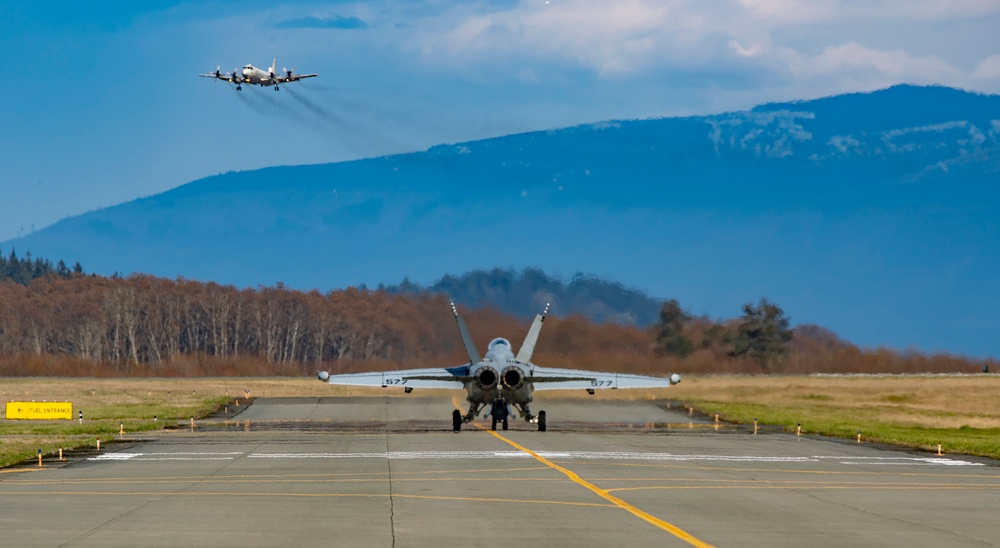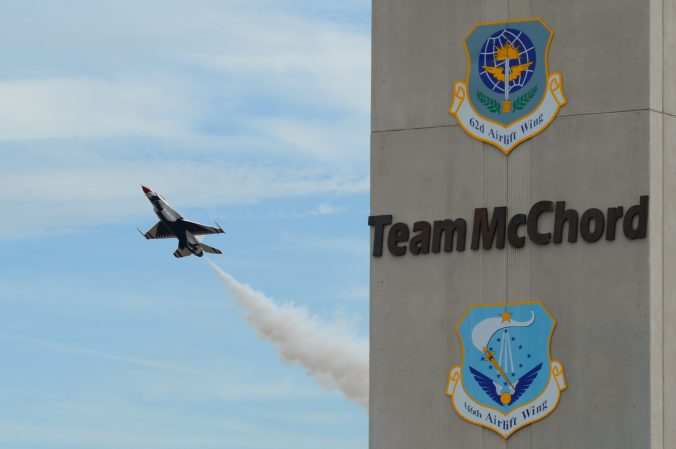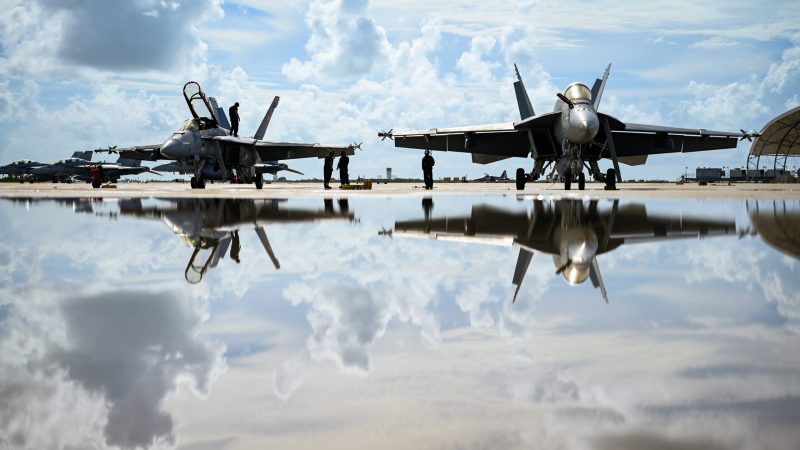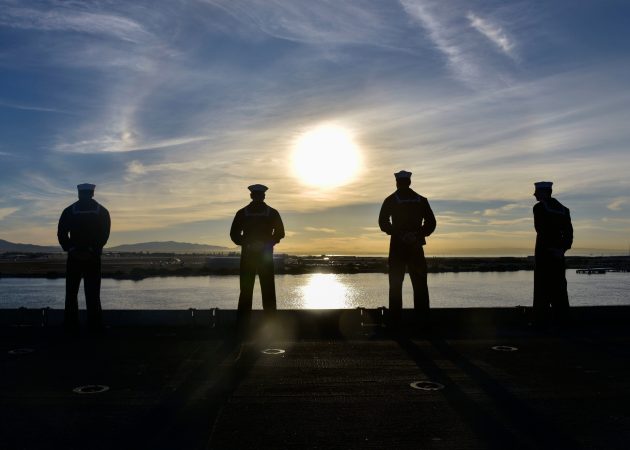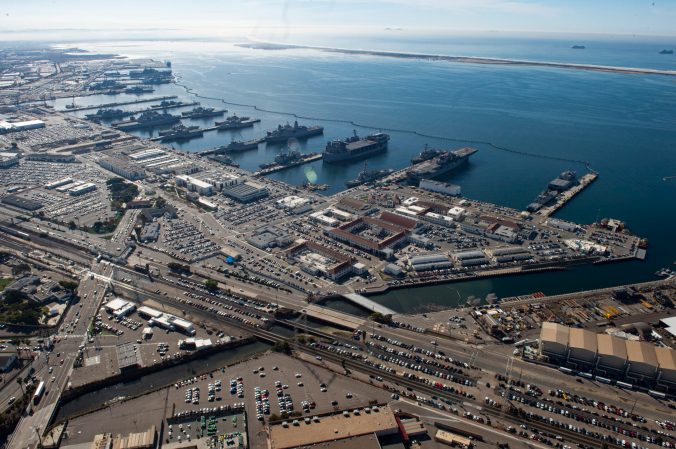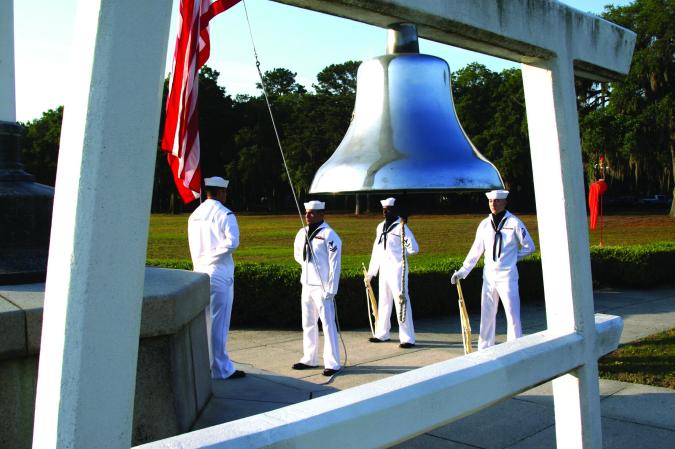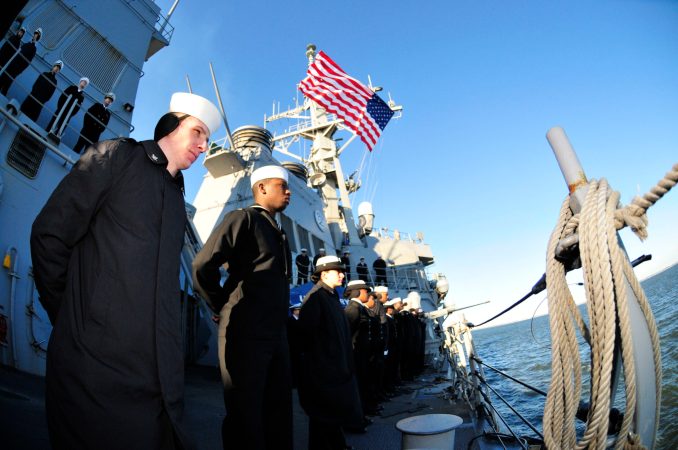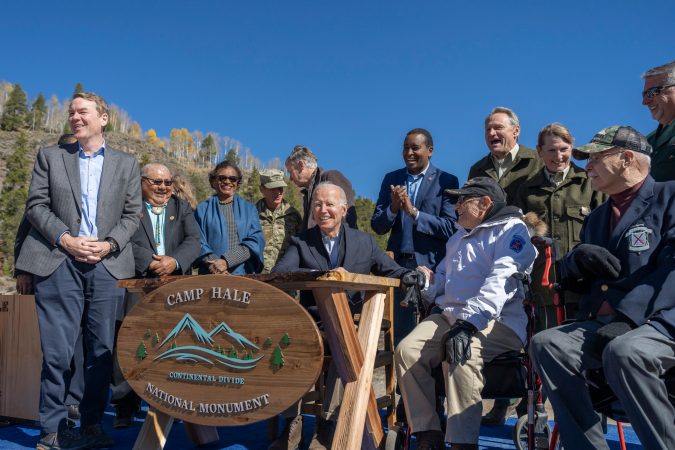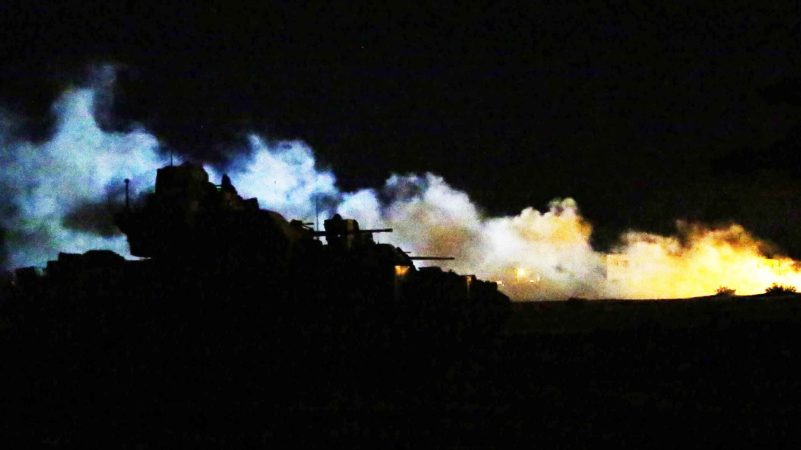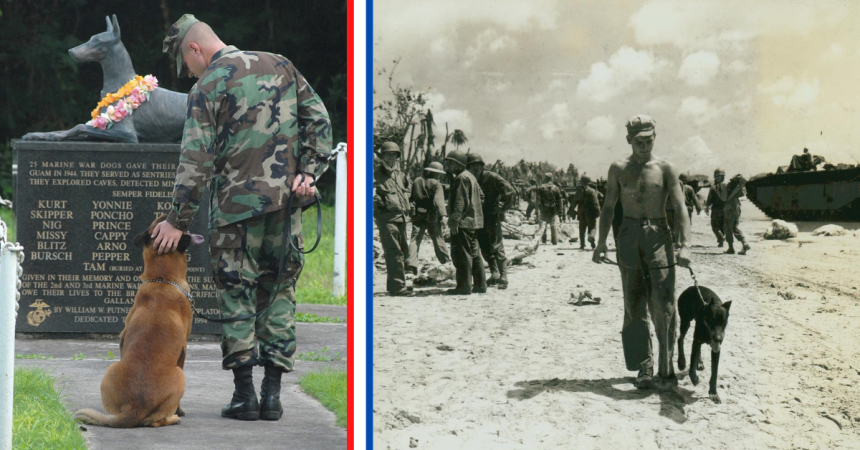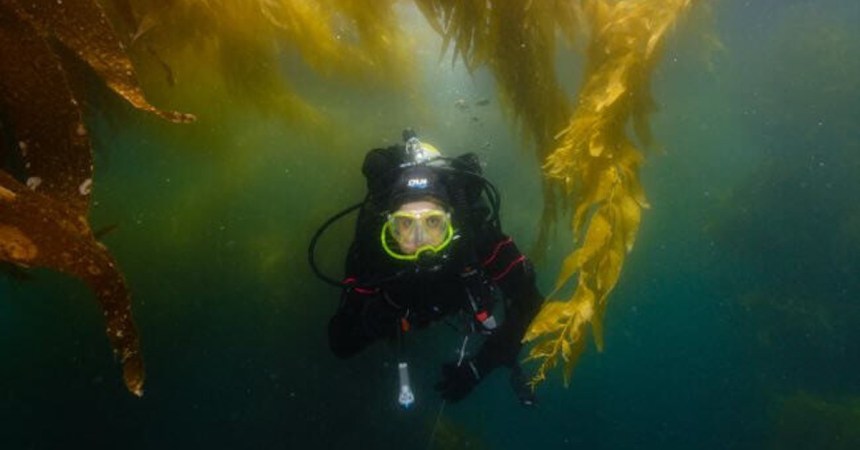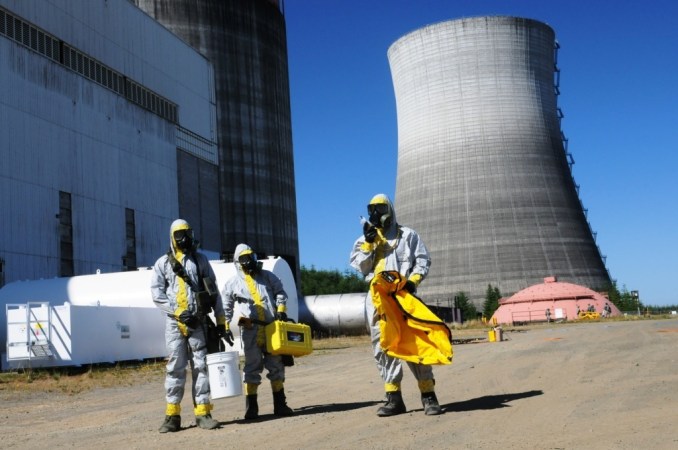U.S. Navy installations are named for their geographic location. From Naval Station Norfolk to Naval Air Station Lemoore, the base’s name tells you where it is. This is in contrast to Army and Air Force installations which are generally named after soldiers and airmen. However, one Navy base bears the name of a naval officer; a British naval officer.

Naval Air Station Whidbey Island, sometimes referred to as “Whidbey” or “The Rock,” was commissioned in 1942. Located in Washington State, the base contributed to the coastal defense of the Pacific Northwest during WWII. Although it was initially commissioned as a temporary station, NAS Whidbey Island remained in active service as the only naval air station north of San Francisco and west of Chicago to provide all-type, all-weather support to fleet and Alaska activities. Today, the base hosts over 20 squadrons and supports EA-18G Growlers, P-8 Poseidons, EP-3E AIRES, C-40 Clippers and MH-60S Seahawks.

As its name entails, NAS Whidbey Island is located on Whidbey Island in Puget Sound. The base is named after the island, and the island is named after Joseph Whidbey. A British Royal Navy officer and explorer, Whidbey served on the 1791-1795 Vancouver Expedition as the master of HMS Discovery. The expedition’s leader, Captain George Vancouver, fully explored the island in 1792 and claimed the area for Great Britain. Whidbey circumnavigated the island in June of that year. For this accomplishment, Vancouver named the island after him. Notably, Puget Sound was named for another of HMS Discovery‘s officers, Lt. Peter Puget.

After the Vancouver Expedition concluded and Discovery returned to England, Whidbey briefly served aboard HMS Sans Pareil. However, he soon gave up his seafaring career to become a naval engineer. In 1804, Whidbey was appointed Master Attendant at the Royal Navy’s dockyard at Woolwich. Seven years later, he was appointed Acting Superintending Engineer on the construction of the Plymouth Breakwater. Whidbey continued to serve as a naval engineer until he retired around 1830. As a Fellow of the prestigious Royal Society, Whidbey’s contribution to the world of engineering is without question. However, perhaps his most lasting legacy remains the U.S. Navy base that bears his name.


